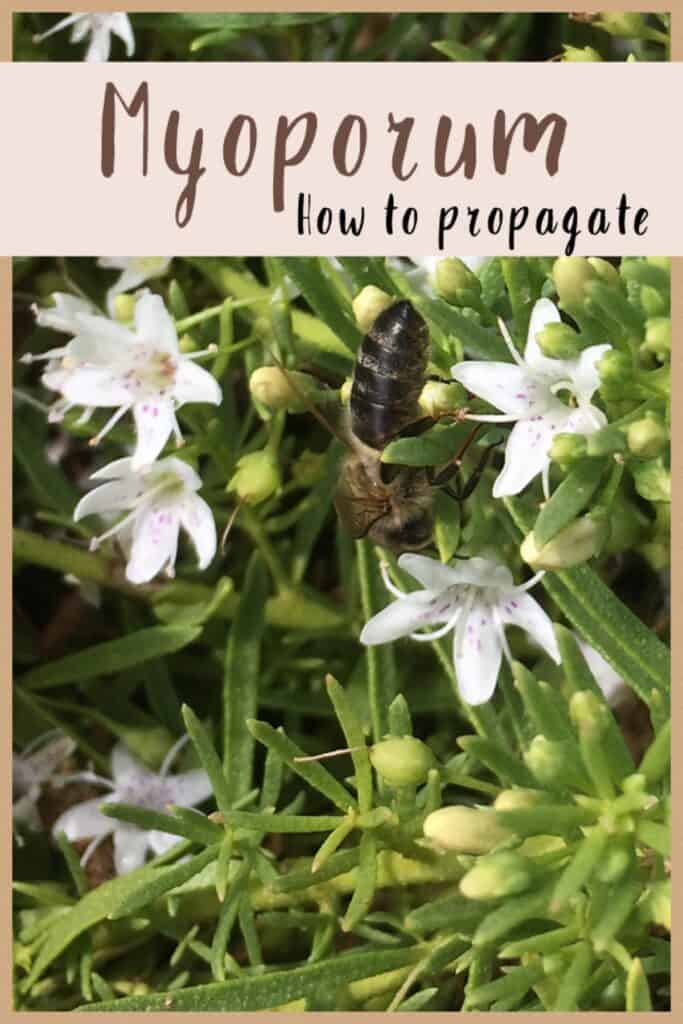
How to propagate Myoporum parvifolium
It’s very easy to propagate myoporum parvifolium. We grow 4 types, fine leaf form, broad leaf form, pink form and purpurea. The method outlined here works on all 4 varieties.
Harvesting cuttings
When collecting cuttings, always select a healthy vigorous plant. As a cutting is a clone of the mother plant, we want them to be as healthy as possible to start with. Myoporum are vigorous growing and are relatively disease free, so finding healthy specimens should not be a problem.
There is no bad time of year to take cuttings from myoporum parvifolium. We have the same success rates in the heat of summer as in the cold of winter, of course growth rates are much faster in warmer weather.
The only thing to avoid is using stems that are in flower. If the plant is in flower take cuttings from closer to the base of the plant where there are no flowers. Avoiding stems with flowers is important, as the flowers turn into seed pods the cutting will focus on ripening the pod, instead of generating roots.
Once some nice healthy stems have been collected, simply cut into lengths approximately 2″(5cm) long. We then strip the lower 2/3 of the stem, removing all the foliage. Below is a picture of how your finished cuttings should look.
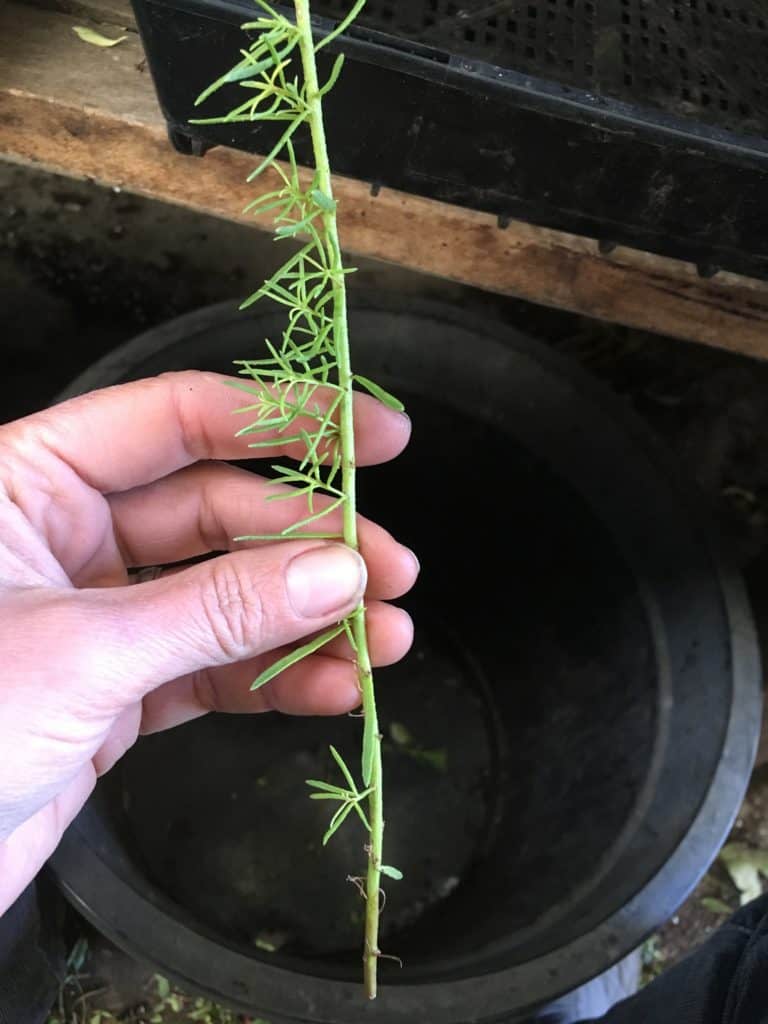
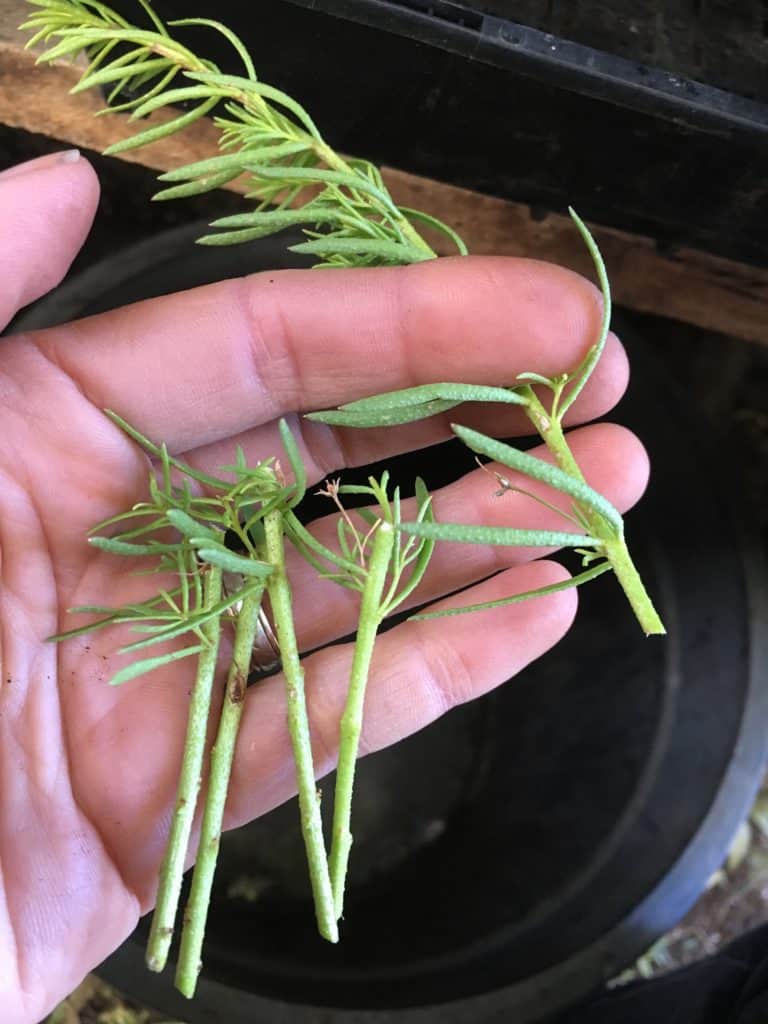
Striking the cuttings
To strike our cuttings we use a mix of perlite and peat moss that we mix on site. It’s 90% perlite and 10% peat moss. Both have excellent moisture retention capabilities and they create a sterile environment to help produce healthy cuttings. Myoporums are a very easy plant to propagate, and we always get over 90% of the cuttings striking roots.
Because they are such an easy plant to propagate, it’s most likely possible to plug the cuttings directly into a seed raising mix. We stick to our perlite peat moss mix as it’s tried and true but if you’d like to try placing the cuttings directly into a soil mix, the opportunity is possible.
Before plugging the cuttings into our mix, always water the tray of perlite and peat moss, this firms it up and allows us to make a nice small hole with a bamboo skewer to insert the cutting into.
Once the cuttings are in give the tray a thorough watering. Ensure the water runs right through the mix. The cuttings must be kept out of direct sunlight and wind, these elements will quickly dry out the fragile cuttings.
Whilst waiting for the roots to strike it’s also important that the cuttings are kept moist. As mentioned the perlite peat moss mix is excellent at holding water so don’t over water. Waterlogged cuttings are prone to rotting or getting attacked by fungus.
For us it takes around 2 months to produce a viable cutting, with a developed root system sufficient enough to be potted.
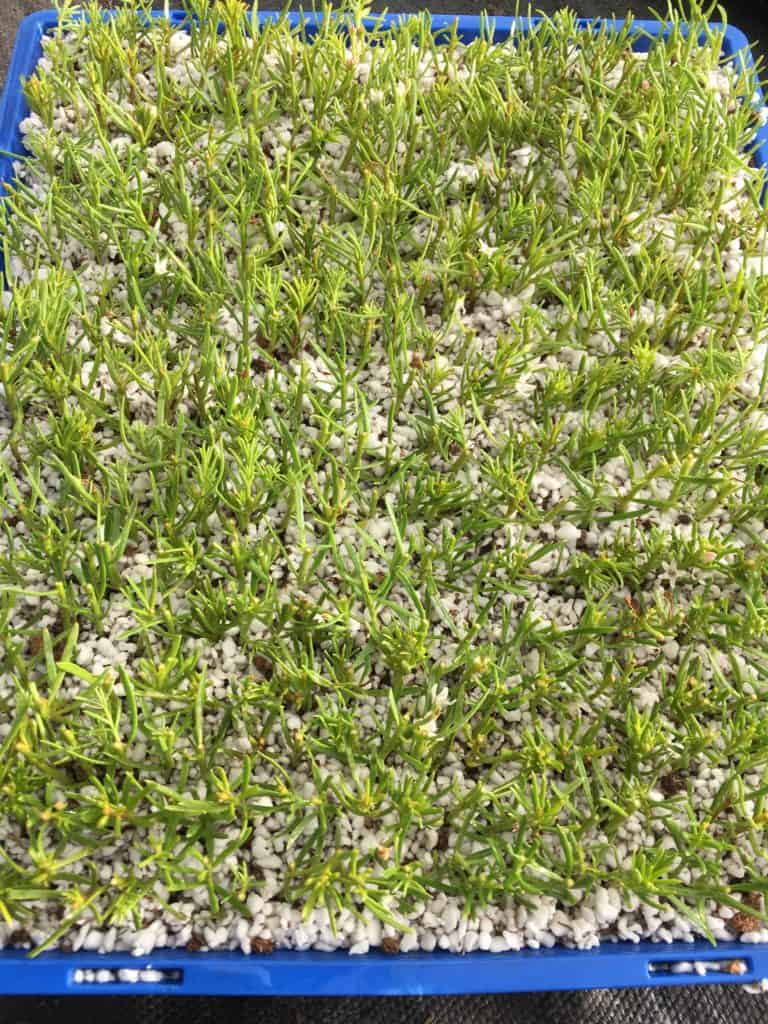
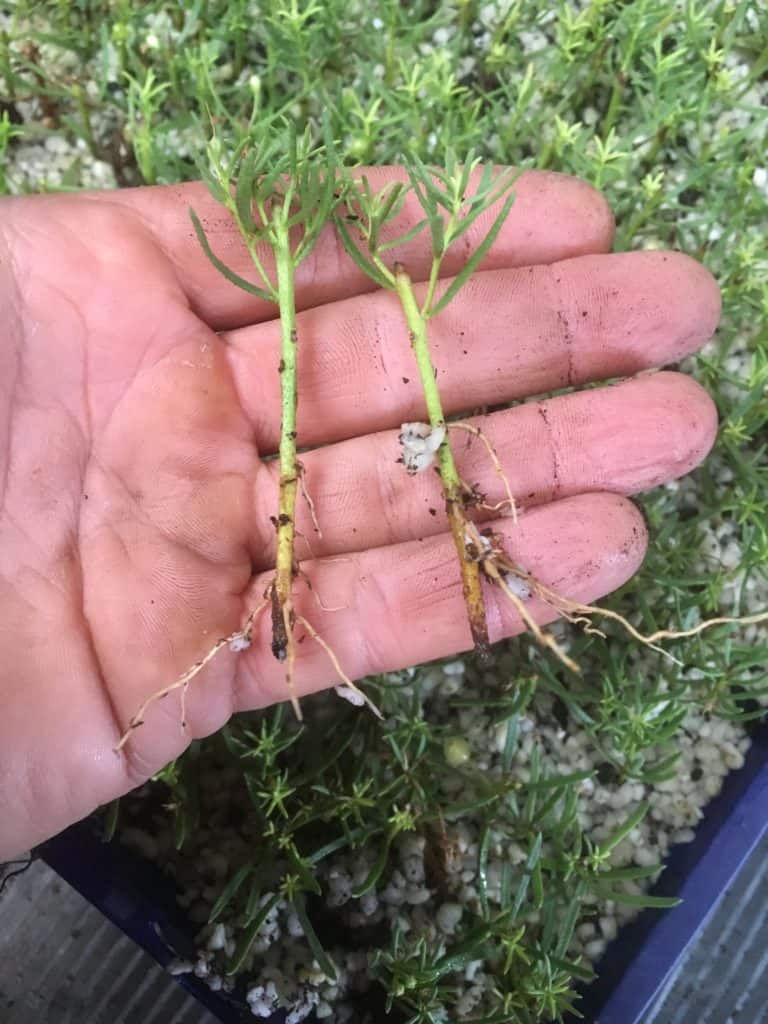
Potting & Planting
Once the root system has developed, it’s then time to pot the cuttings. It’s best to use a high quality potting mix. A good quality potting mix should contain some trace elements to help kick start your young plants.
Because we are growing so many we pot our cuttings into a 2″ (50mm) pot, this saves us heaps of space and still provides a great root system. We also like to water all our freshly potted cuttings with a seasol solution to help promote root growth.
It’s a good idea to place the freshly potted cuttings back into a sheltered area for a few weeks. They could possibly be placed directly outside if the weather isn’t too extreme, but we prefer to err on the side of caution.
They grow very fast once the roots start sucking up the trace elements in the soil, and before you know it there should be a decent amount of growth on the young plants, and a strong healthy root system. Once the roots begin to emerge out the bottom of the pot the plants are ready for the garden.
That is how we propagate myoporum parvifolium varieties which we grow.
Below is a short video, for those who may prefer a more visual experience. We hope this was helpful. If you enjoy our content feel free to subscribe. Thanks
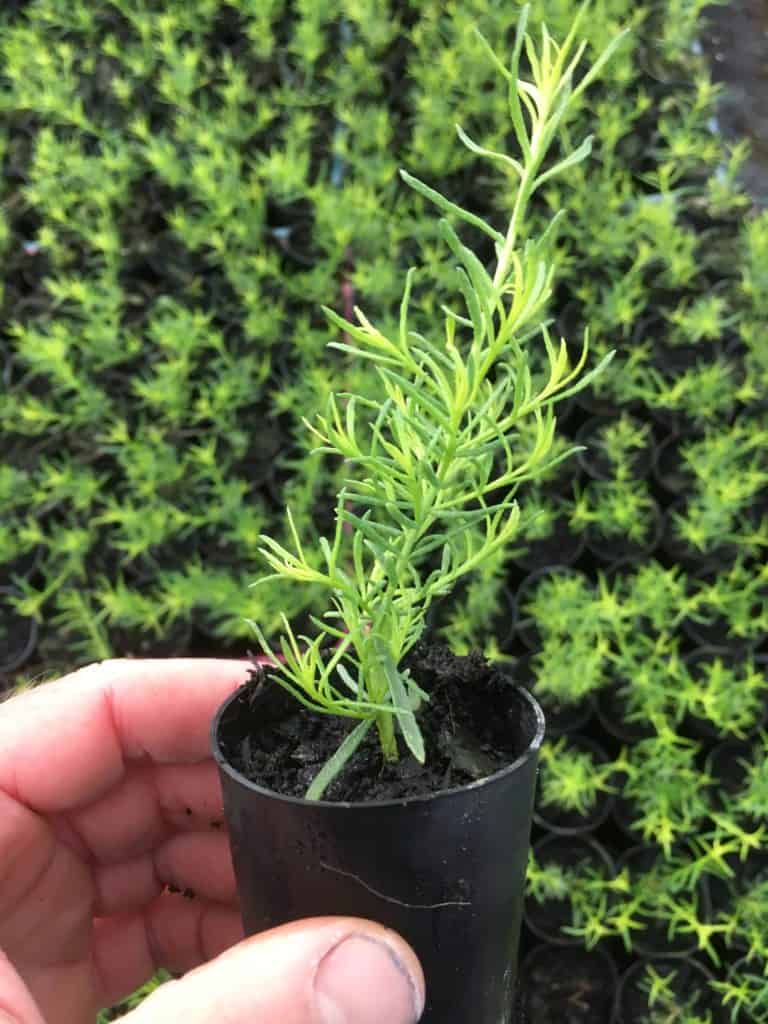
Propagation Kit
We have also put together a resource page that contains links to the products we use or similar. If you want to check that out click the link.
How to propagate myoporum parvifolium (fine leaf form) Video
How to propagate myoporum parvifolium ‘purpurea’ Video
CLICK HERE TO SEE OTHER PLANTS WE PROPAGATE
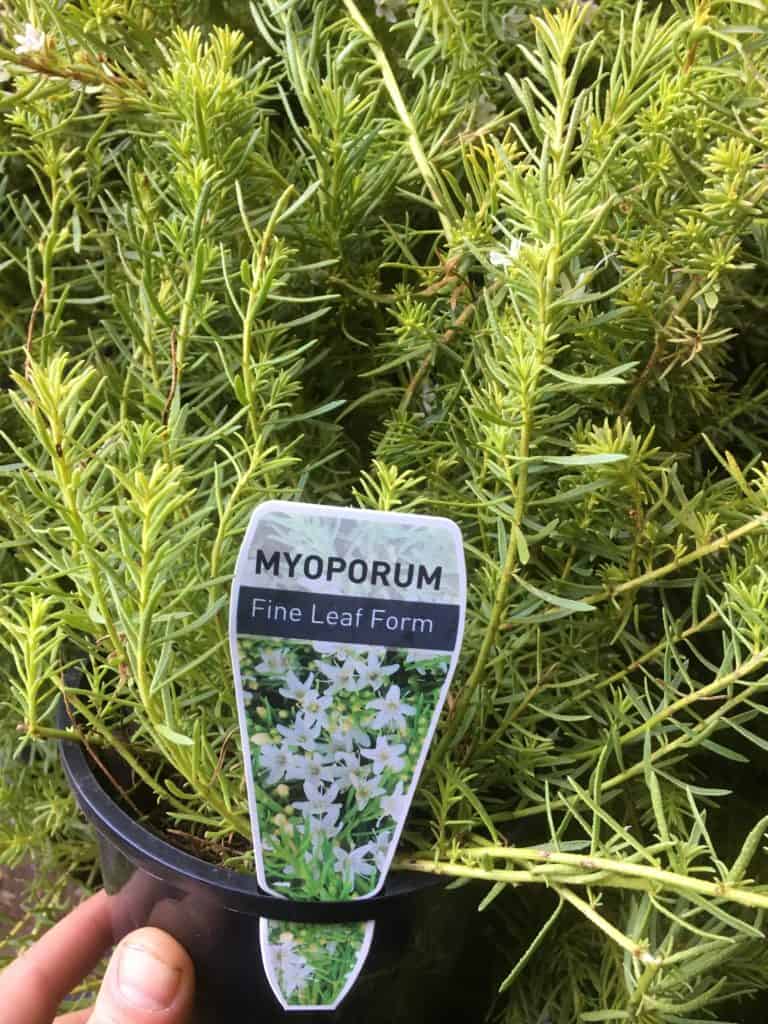
Information & Care
Myoporum parvifolium Fine leaf form- Creeping boobialla is an evergreen ground cover. It has fine lime green leaves. In late spring- early summer it’s almost completely covered in small white flowers.
A great ground cover for banks, cascading over retaining walls, placement in Australian native gardens and even helping to fill gaps in a cottage garden.
Grow it in a position of full sun or part shade. It will produce more flowers in full sun. Prefers moist well drained soil. Keep moist during summer and give it a trim as needed. General pruning will encourage the plant to become denser. Very hardy, quite possibly the more vigorous of all the creeping boobiallas.
Cultural notes
Botanical name: Myoporum parvifolium Fine leaf form
Common name: Creeping boobialla
Family: Myoporaceae
Native to: Australia
Flowers: late spring-summer
Position: Full sun/Part shade
Height: 20cm
Width: 3m
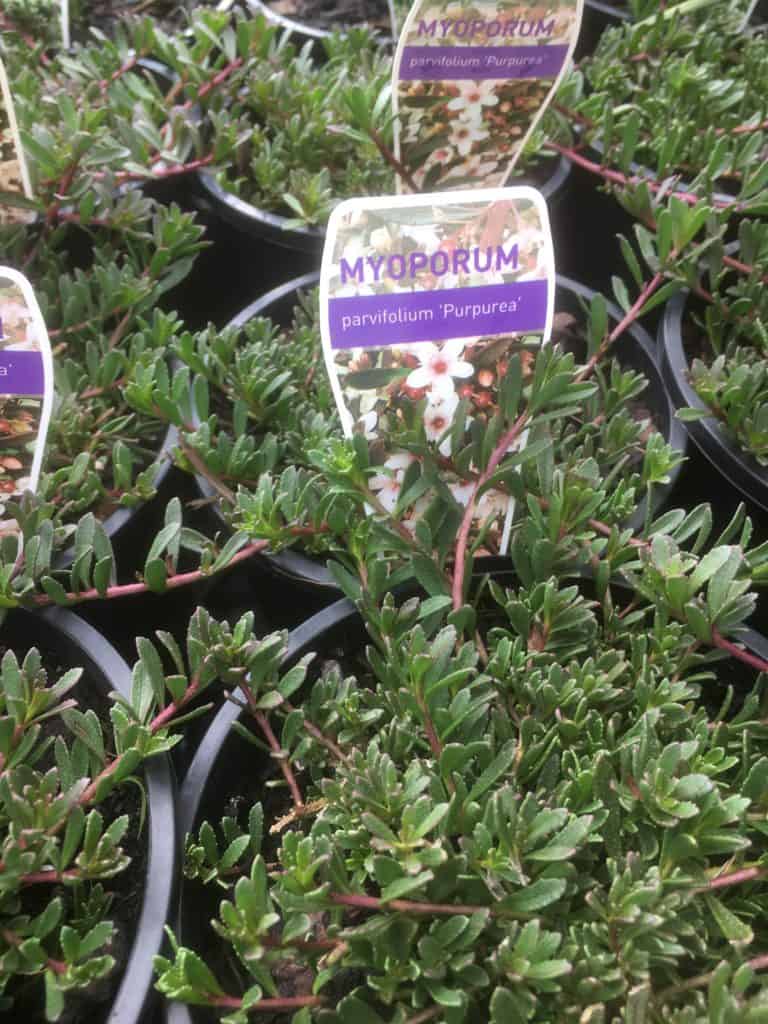
Myoporum parvifolium Purpurea information & care
Myoporum parvifolium Purpurea- Purple creeping boobialla is an evergreen ground cover. It has waxy green/purple leaves. In late spring- early summer its almost completely covered in small pinky-purple flowers.
A great ground cover for banks, cascading over retaining walls, placement in Australian native gardens and even helping to fill gaps in a cottage garden.
Grow it in a position in full sun or part shade. It will produce more flowers in full sun. Prefers moist well drained soil. Keep moist during summer and give it a trim as needed. Very hardy.
Cultural notes
Botanical name: Myoporum parvifolium Purpurea
Common name: Purple creeping boobialla
Family: Myoporaceae
Native to: Australia
Flowers: late spring-summer
Position: Full sun/Part shade
Height: 20cm
Width: 2m
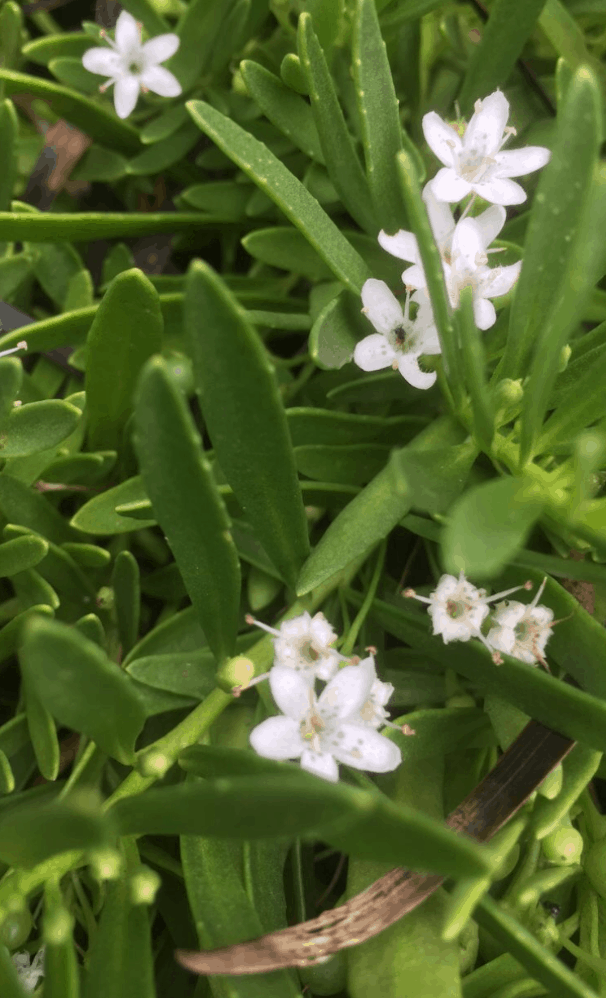
Myoporum parvifolium Broad leaf information & care
Myoporum parvifolium Broad leaf – Broad leaf creeping boobialla is an evergreen ground cover. It has fine deep green leaves. In late spring- early summer its almost completely covered in small white flowers.
A great ground cover for banks, cascading over retaining walls, placement in Australian native gardens and even helping to fill gaps in a cottage garden.
Grow it in a position in full sun or part shade. It will produce more flowers in full sun. Prefers moist well drained soil. Keep moist during summer and give it a trim as needed. Very hardy.
Cultural notes
Botanical name: Myoporum parvifolium Broad leaf
Common name: Broad leaf creeping boobialla
Family: Myoporaceae
Native to: Australia
Flowers: late spring-summer
Position: Full sun/Part shade
Height: 20cm
Width: 2m
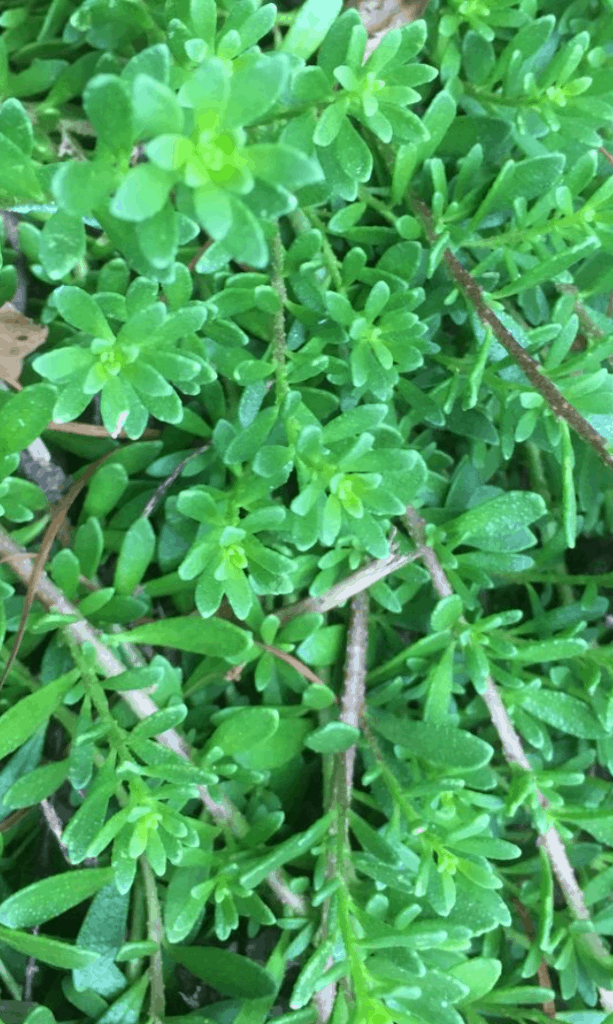
Myoporum parvifolium pink form information & care
Myoporum parvifolium pink- Pink creeping boobialla is an evergreen ground cover. It has fine waxy leaves. In late spring- early summer its almost completely covered in small pink flowers.
A great ground cover for banks, cascading over retaining walls, placement in Australian native gardens and even helping to fill gaps in a cottage garden.
Grow it in a position in full sun or part shade. It will produce more flowers in full sun. Prefers moist well drained soil. Keep moist during summer and give it a trim as needed. Very hardy.
Cultural notes
Botanical name: Myoporum parvifolium pink
Common name: Pink creeping boobialla
Family: Myoporaceae
Native to: Australia
Flowers: late spring-summer
Position: Full sun/Part shade
Height: 20cm
Width: 2m
